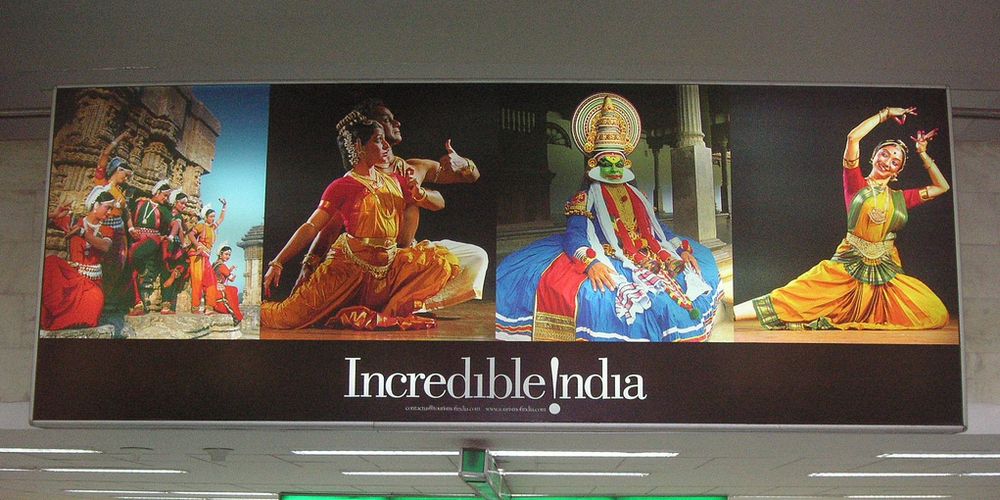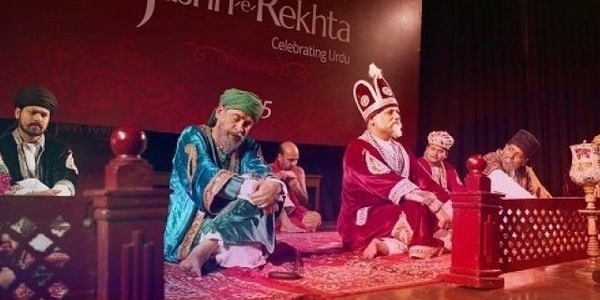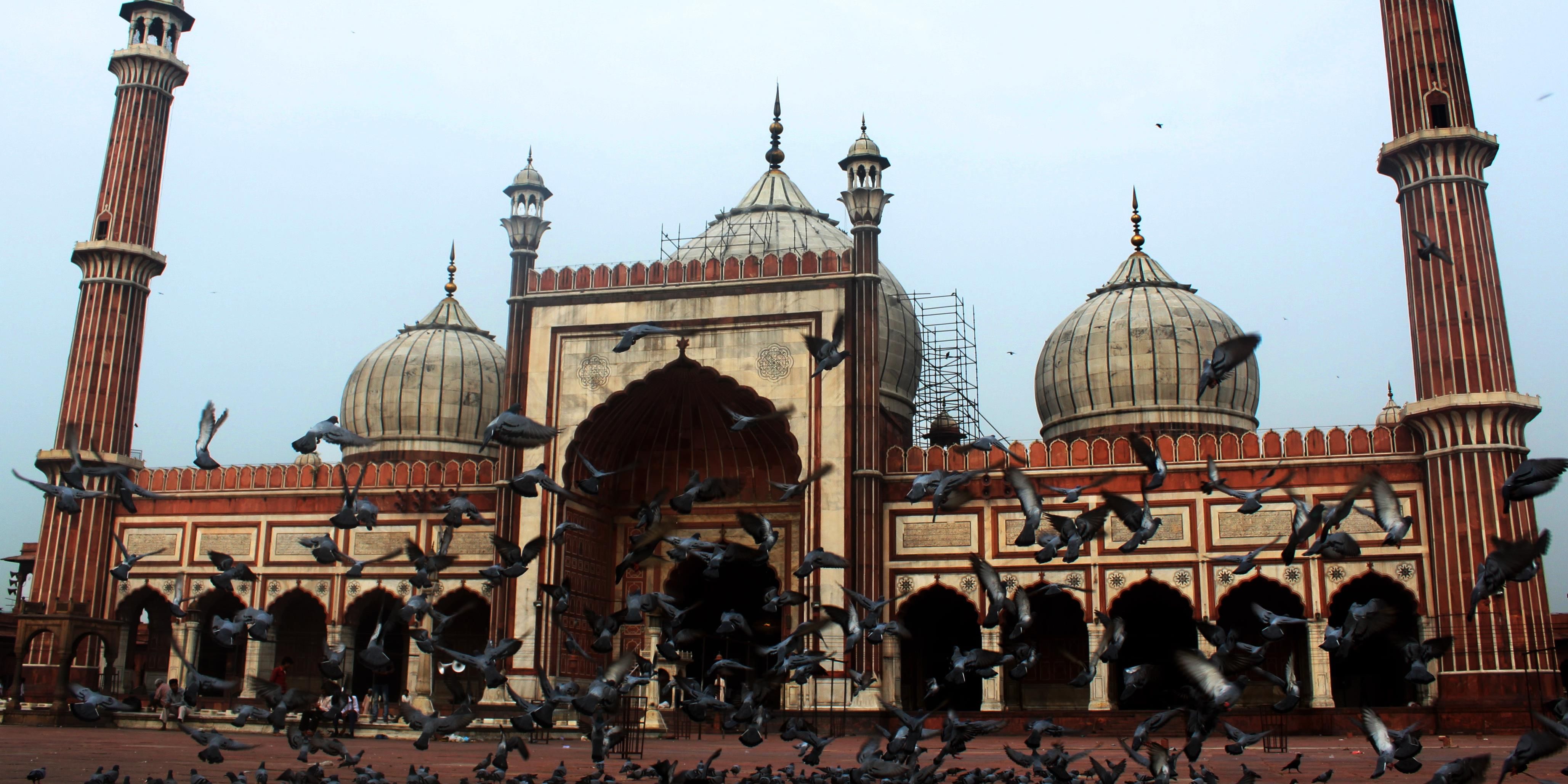Guardians of Sound: How Md Ibrahim Sons Keep a 180-Year Craft Alive
Past rusted shutters, tea stalls humming old film tunes, and narrow lanes lined with nostalgia, there exists a sound unlike any other: the soft thump of stretched leather, the tap of wood, and the hum of history. This is where Md Ibrahim Sons, a modest workshop in Secunderabad, has been breathing life into India’s percussion tradition for over 180 years. Inside this unassuming space, surrounded by stacks of tablas and dholaks in various stages of repair, three brothers, Mohammed Ibrahim, Mohammed Zafar, and Mohammed Salim, carry forward the legacy passed down through generations. A Family’s Century-Old Bond with SoundThe story of Md Ibrahim Sons is one of inheritance, not of wealth or property, but of sound. Since the mid-1800s, when the first Ibrahim craftsman began repairing percussion instruments, the family has been the silent companion of Hyderabad’s musical journey. The brothers’ father, who worked until his final days, passed on not just skills but philosophy “Learn to listen before you learn to play.” Today, the same spot where he once tuned tablas remains sacred. The layout of the shop, even after renovation, is unchanged because tradition, for them, is not something to modernize; it’s something to preserve. The workshop still smells of glue, leather, and faint sandalwood. Burn marks on the floor recall the oil lamps used by their father during late-night tuning. The brothers sit cross-legged, surrounded by tools, goat skins, and wooden shells, their fingers moving in practiced harmony, a symphony of craftsmanship and care.The Art of Repairing RhythmUnlike today’s fast-moving world, where broken items are replaced, not repaired, the Ibrahims believe in restoration of sound, of spirit, of connection. Each tabla has two hearts: the wooden shell and the leather skin. The secret lies in balance. Too tight, it cracks. Too loose, it dies. You must listen to the tabla, not force it. Their craft uses traditional materials: goatskin for the pudi, syahi (black tuning paste) for the tone, and hand-carved wooden bases from Maharashtra. Prices range from ₹600 for minor repairs to ₹2,500 for a new tabla, but the true value lies in the emotion they restore. A Living Heritage in a Changing WorldDespite being nestled in a small corner of Secunderabad, Md Ibrahim Sons has touched ears far beyond the city. Their instruments travel to temples, churches, and qawwali gatherings across India and even abroad. Musicians order tablas from the U.S., the U.K., and the Middle East, testament to the family’s craftsmanship and reputation. Yet, they refuse to mechanize or mass-produce. Every tabla is handmade, every sound tested by ear. Music often carries the echo of emotion, and in this small shop, every instrument tells a story. When customers bring old, cracked tablas, they’re not just repairing wood and skin; they’re reviving memories of loved ones, family gatherings, and forgotten melodies.Why Families Like the Ibrahims Matter to India’s Cultural SoulIn a country as diverse and dynamic as India, families like the Ibrahims are the quiet custodians of its timeless soul. While technology races ahead and traditions fade into memory, such artisan families keep alive the touch, sound, and emotion that define Indian heritage. Their 180-year-old tabla craft is not merely about making or repairing instruments; it’s about preserving the rhythm of continuity in a world of change. Each beat they restore connects generations, reminding us that culture lives not in museums but in the hands and hearts of those who nurture it every day. They embody patience, skill, and devotion—values that form the backbone of India’s artistic identity. In their small workshop, amid the scent of wood and leather, lies a lesson in resilience: that true progress is not forgetting our roots, but carrying them forward with pride.The Pulse of a City That Still ListensAs dusk settles over Secunderabad, the faint hum of tabla beats escapes through the shop’s open door. The brothers continue their evening routine of tightening, tuning, and listening. One tabla hums, another responds, until the air fills with the pulse of Hyderabad’s forgotten heartbeat. In a fast-paced, digital world, the Ibrahim family remains beautifully analog, moving to the slow, steady tempo of patience, tradition, and sound. Their legacy is not just in the instruments they craft but in what they represent: the continuity of India’s musical soul.


.jpg)




.jpeg)
.jpg)